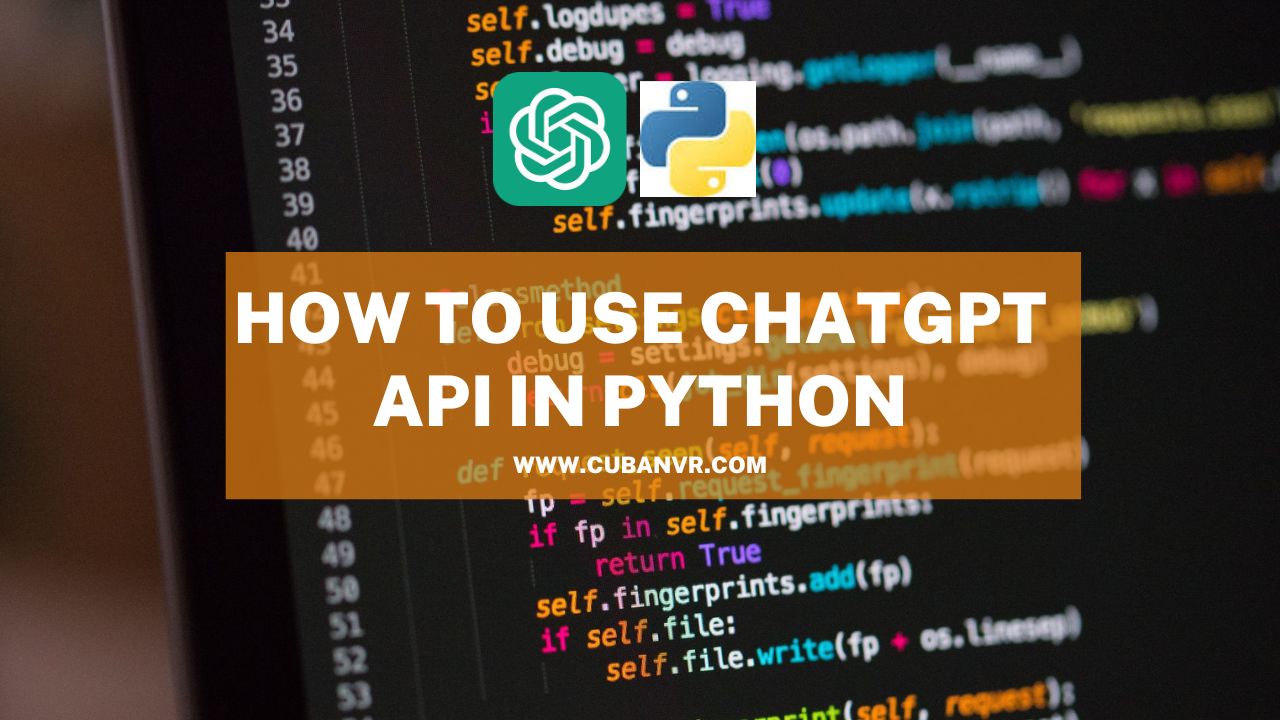The ChatGPT API provides a simple and effective way to integrate OpenAI’s powerful language model, ChatGPT, into your Python applications. With this API, you can build chatbots, conversational agents, virtual assistants, and more. This step-by-step guide will walk you through the process of using the ChatGPT API in Python.
To begin, you’ll need to sign up for an OpenAI account and obtain an API key. This key will grant you access to the ChatGPT API. Once you have your API key, you’ll set up your Python environment by installing the OpenAI library and creating a project directory.
Next, you’ll create a Python file and configure the API request. This involves importing the necessary libraries, loading your API key from an environment file, and setting up the API connection using the OpenAI library.
After the configuration, you’ll make a chat API call by defining a function that sends a user message to the ChatGPT model and retrieves the generated response. You’ll use the OpenAI library’s ChatCompletion.create() method to make the API request and extract the response.
To test your implementation, you can call the chat function with a user message and print the generated response. This allows you to interact with the ChatGPT model and observe its conversational capabilities.
By following this guide, you’ll be able to harness the power of ChatGPT and build intelligent conversational interfaces in your Python applications. Whether you’re creating a customer support chatbot or a virtual assistant, the ChatGPT API opens up a world of possibilities for natural language processing and dialogue generation. Let’s dive in and explore the endless potential of ChatGPT in Python!
Step-by-step guide on how to use the ChatGPT API in Python:
Sign up for OpenAI API
- Go to the OpenAI website (https://www.openai.com/) and sign up for an account if you haven’t already.
- Follow the instructions to create an API key. Make sure you have the necessary permissions to access the ChatGPT API.
Set up your Python environment
- Make sure you have Python installed on your machine. You can download it from the official Python website (https://www.python.org/) if needed.
- Create a new directory for your project and navigate to it using the terminal.
Install the OpenAI library
- In the terminal, run the following command to install the OpenAI Python library:
pip install openaiSet up your API key
- In your project directory, create a new file called
.env. - Inside the
.envfile, add your API key using the following format:
OPENAI_API_KEY=your_api_key_hereCreate a Python file
- Create a new Python file in your project directory. You can name it whatever you like, for example,
chatbot.py.
Set up the API request
- In your
chatbot.pyfile, import the necessary libraries, and retrieve your API key from the.envfile. Add the following code at the top of the file:
import os
import openai
from dotenv import load_dotenv
load_dotenv() # Load environment variables
api_key = os.getenv('OPENAI_API_KEY')
openai.api_key = api_keyMake a chat API call
- Below the code from the previous step, add the following code to make a chat API call:
def generate_chat_message(message):
model = 'gpt-3.5-turbo'
messages = [
{'role': 'system', 'content': 'You are a helpful assistant.'},
{'role': 'user', 'content': message}
]
response = openai.ChatCompletion.create(
model=model,
messages=messages
)
return response['choices'][0]['message']['content']
# Usage example
def main():
user_input = 'Hello, how can I help you?'
response = generate_chat_message(user_input)
print('ChatGPT response:', response)
if __name__ == '__main__':
main()Run your code
- Save the
chatbot.pyfile and run it in your terminal or command prompt by executing the following command:
python chatbot.py- You should see the response from the ChatGPT API printed in the console.
That’s it! You’ve successfully set up the ChatGPT API in Python using the OpenAI library. You can modify the code to suit your specific use case and integrate it into your own applications.
Conclusion
The ChatGPT API provides a seamless way to integrate state-of-the-art language models into your Python projects. By making API calls, you can easily generate responses based on user input, creating dynamic and engaging conversations. Remember to adhere to the OpenAI usage policies and guidelines when implementing the ChatGPT API in your applications. With the flexibility and versatility of ChatGPT, you can unlock endless possibilities for natural language processing and create compelling conversational experiences for your users.
So go ahead, experiment, and unleash the full potential of ChatGPT in your Python projects!
